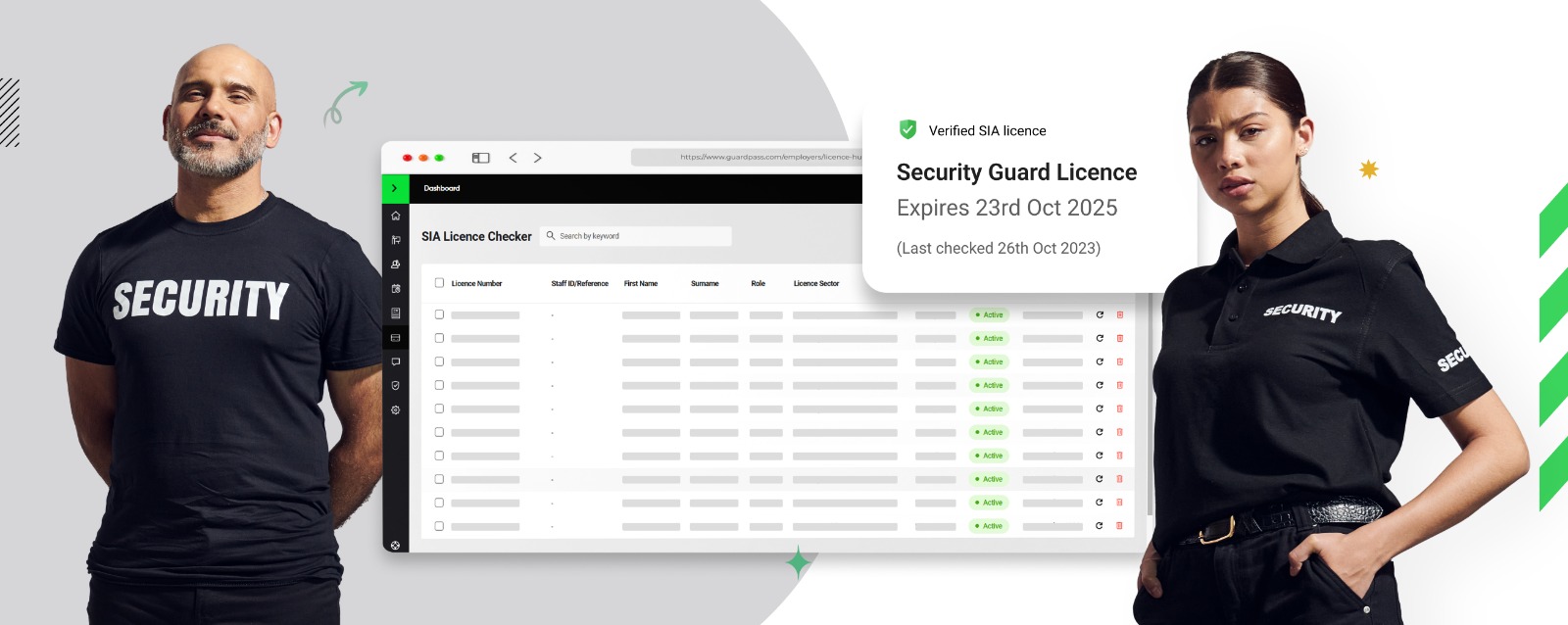Did you notice how a well-executed security operation is a lot like a perfectly synchronised watch? Every cog, no matter how small, plays a crucial role. Once the event wraps up and the crowd disperses, your job as event security manager isn’t over. The real magic lies in what comes next.
The post-event evaluation. This approach makes good events even better, and slip-ups become valuable lessons. So we’re here today with a straightforward guide to help you completely master this essential task.
Kickoff: Debriefing with the Team

First things first, gather your team for a debriefing session. Think of this as the wrap-up huddle after a football match. Everyone’s experience and observations count. Encourage open dialogue. Focus on what worked well and what didn’t. Remember, the goal here is not to point fingers but to gather insights.
💡 Spot Checks: Was there a particular spot where security felt thin? Did any incidents go unnoticed? The frontline staff’s feedback is gold – they’ve seen the action up close.
Digging into Incident Reports

Next, incident reports. This is where you’ll get the nitty-gritty details. Each report is a piece of the puzzle, helping you see the bigger picture. Look for patterns. Were there recurring issues at certain times or places? How were they handled? The key? To identify both the strengths and the weaknesses in your response.
💡Tip: Sort incidents by when, where, and what type they were. This makes it easier to spot recurring problems and see where you need to improve.
Eyes on the Scene
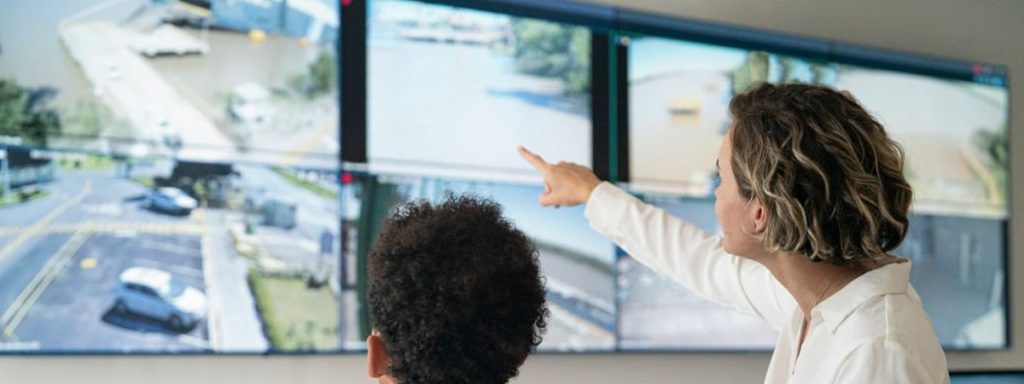
Security cameras are your silent witnesses. Review the footage with a keen and detailed eye. This isn’t just about catching what you missed; it’s about understanding the flow of the event. Notice crowd movements, security patrol routes, and any blind spots that were overlooked. This visual data can offer insights that verbal reports might miss.
💡Strategy
✅ Watch: Carefully review the security footage.
✅ Note: Pay attention to crowd movements, patrol routes, and any blind spots.
✅ Act: Use these insights to improve future security plans.
How’s Your Communication Game?
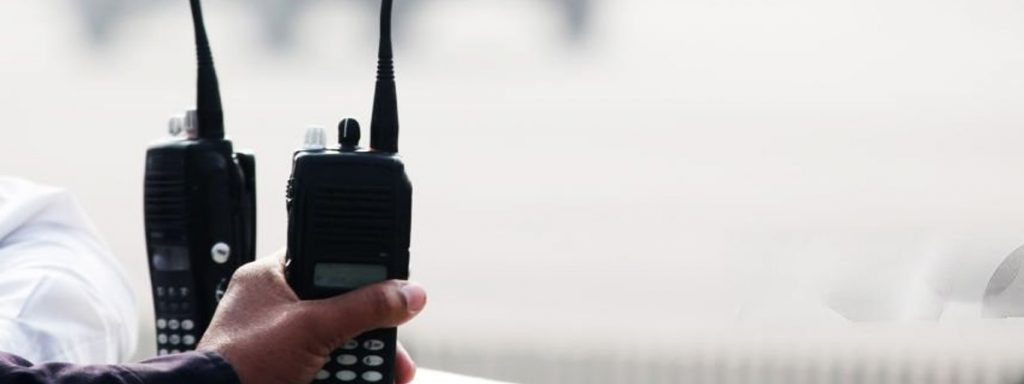
How did your communication systems hold up? Assess both the technology and the protocol. Were there any glitches with radios or phones? Did messages get relayed accurately and promptly? Effective communication is the backbone of event security, so pinpoint any lapses and think about solutions.
💡Tool: Use a communication app to log issues and feedback after the event. Make sure it has group chats and direct messaging so your team can quickly report and discuss any problems.
Gear Check
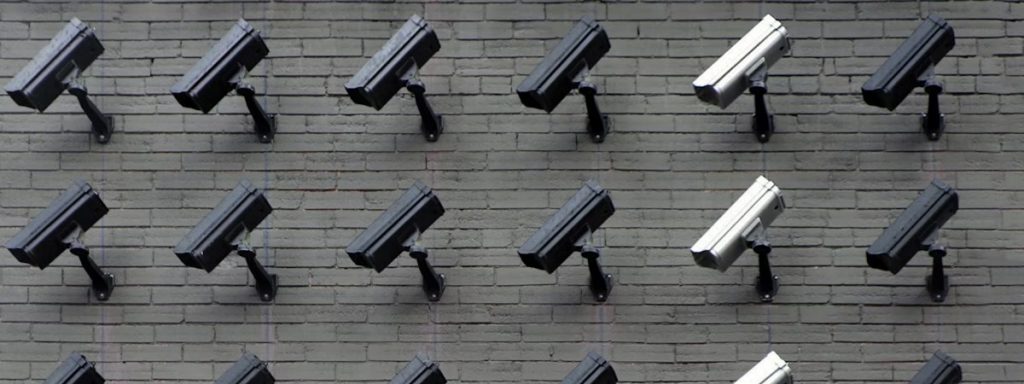
Now, let’s talk gear. Evaluate the performance of your equipment. Were the metal detectors functioning correctly? Did any surveillance cameras malfunction? Make a checklist of all equipment used and note down any failures or inefficiencies. Ensuring your tools are in top shape is crucial for the next event.
💡Tool: Use a detailed inspection checklist to evaluate all equipment, noting any issues.
Handling Emergencies: What Worked, What Didn’t?

Review any emergency responses that were triggered. No matter if it was a medical incident, a fire alarm, or an unruly crowd, analyse how effectively the situation was managed. What was the response time? Were the protocols followed? This assessment helps in refining emergency plans and ensuring better preparedness.
Collect Feedback from Stakeholders

Don’t forget to collect feedback from other stakeholders – event organisers, venue managers, and yes even attendees if possible. Their perspective can provide additional insights that might not be apparent from a security standpoint alone. Did they feel safe? Were there any concerns raised? This feedback can guide future improvements.
💡Tip: Use an online survey tool like Google Forms to gather feedback from event organisers, venue managers, and attendees.
Summarising and Reporting

Compile all this information into a comprehensive report. This document should highlight key findings, including both the successes and the areas needing improvement. Be clear and concise. Your report will serve as a reference for planning future events, so make it as detailed and actionable as possible.
Implement Changes

You know, identifying the above discussed issues is only half the battle; implementing changes is where the real progress happens.
💡Exercise: Create an action plan based on your findings. Assign responsibilities and set deadlines. Whether it’s additional training for the team, upgrading equipment, or revising protocols, ensure that every action point is followed through.
Training Time: Learn and Drill
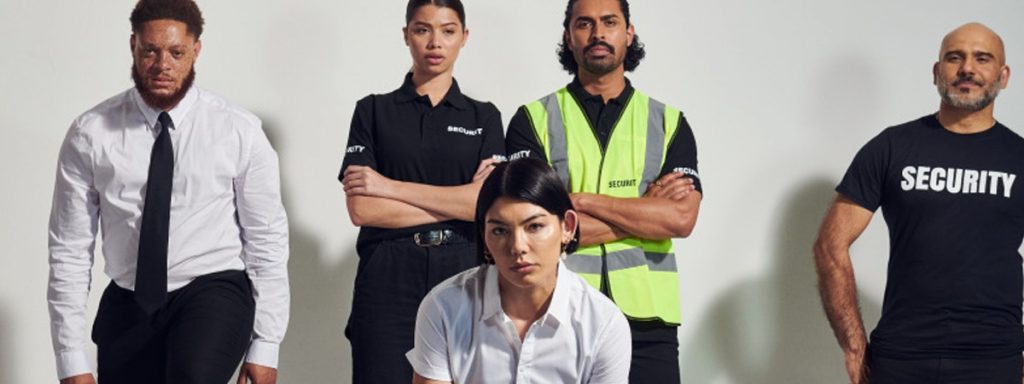
Use the insights gained to update your training programs. Regular drills and simulations based on past events can prepare your team better. Emphasise the lessons learned and incorporate them into your standard operating procedures.
Post-event analysis never stops. Every event teaches us something new. Take the time to review, learn, and improve, and you’ll set a high standard for security. Going over what happened after an event might seem dull, but it’s essential. This behind-the-scenes work makes events safer over time.
GuardPass: Your Secret Weapon for Top Security Pros
After an event, the right team proves its worth. That’s where GuardPass comes in. GuardPass makes your event security hiring process smooth and effective.
GuardPass isn’t just a job board. It’s your tool for finding top security talent. With over 170,000 SIA-licensed pros, GuardPass connects you with candidates who excel in protection and communication. Why settle for average? We speed up recruitment, so you can focus on event safety. Join GuardPass today and elevate your event security team.

